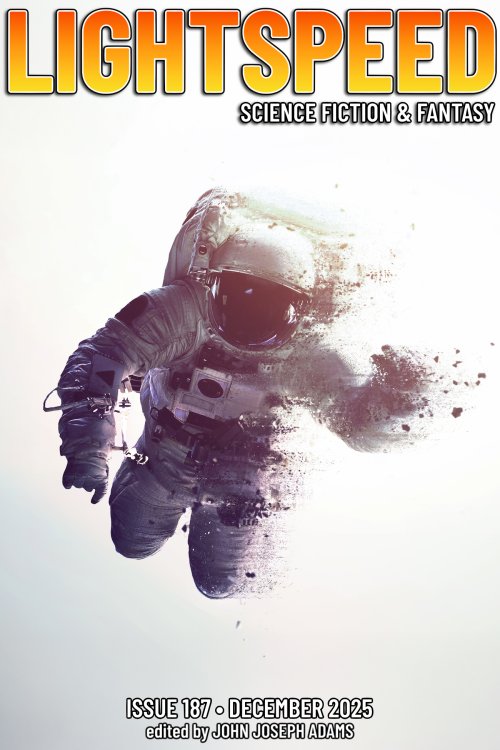Author Spotlight
Author Spotlight: Caroline M. Yoachim
I love tropes as a starting point for stories—you can twist them, subvert them, play them for laughs. I poke fun at artificial gravity in this story, but I can see why it’s so common. It’s easier and cheaper to make a movie where the space station has artificial gravity. In short stories, you have to choose what you want to spend your words on. Science fiction often has a lot of weird stuff going on.








